Davies Symphony Hall, San Francisco, May 2, 2025–There should be an award for the greatness of this concert. Maestro Giancarlo Guerrero conducted music by Kaija Saariaho, Igor Stravinsky, Ottorino Respighi. Each selection was unique in mood, rhythms, story; something wonderful. Bring him back.
Maestro Giancarlo Guerrero conducted the entire concert without a score. His conducting style uses clear, strong arm movements, sometimes subtle motions, or a muscular one gathering in a whole section. A characteristic movement is one arm with baton straight up to the Davies roof; it looks strong enough to levitate him.
Guerrero is a six time Grammy winning conductor. For sixteen years he has been music director of the Nashville Symphony. In those years he commissioned and premiered about twenty-four pieces and released twenty-one recordings. He received eighteen Grammy nominations and eleven awards in various categories. He will become music director of Sarasota Orchestra in 2025. He has conducted the best known US orchestras: New York, Los Angeles, Boston, Chicago, Philadelphia, and more as well as European houses. He conducted the San Francisco Symphony first in 2013.
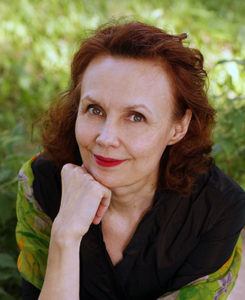 Kaija Saariaho, composer (1952 – 2023)
Kaija Saariaho, composer (1952 – 2023)
Guerrero spoke to the audience about Asteroid 4179: Toutatis, the first piece on the program. The composer, Kaija Saariaho, wrote it for a commission from the Berlin Philharmonic. It was to be a partner piece with Gustav Holst’s The Planets. There really is an asteroid with that number and name. Toutatis, the Celtic god, was to protect tribal life in ancient Gaul. NASA considers this asteroid to be unique in our solar system. It has no fixed north pole as Earth has and lacks an ongoing spin as planets have. Its shape, sort of irregularly long, it does not turn but “tumbles.” Toutatis never repeats a pattern in its wanderings. Regardless of the peculiarities of Toutatis, the music was terrific. Its sounds could have been electronic music, but it was not. The music was made by real instruments: oboes, flutes, horns, strings, celesta, glockenspiel, and more. It captured my attention, made me feel cold, and set me wondering if Asteroid 4179 would collide with us. The music created mysteries and new sounds. Guerreo led the SF Symphony on a space walk. I loved it.
Igor Stravinsky’s Petrushka has delicate moments and crashing alarms. I have not heard it for a long time; hearing it while watching its ballet may have let me miss the music’s innovations and drama. It is magical as it should be when a magician turns three puppets into live persons.
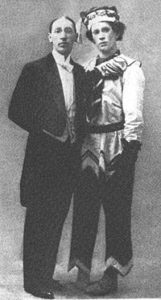 Igor Stravinsky, composer (1882-1971); Vaslav Nijinsky (in Petrushka costume) (1889 -or 1890 –1950 or 1951).
Igor Stravinsky, composer (1882-1971); Vaslav Nijinsky (in Petrushka costume) (1889 -or 1890 –1950 or 1951).
The Petrushka story was Stravinsky’s idea. Stravinsky wrote: “I had in mind a distinct picture of a puppet, suddenly endowed with life, exasperating the patience of the orchestra with diabolical cascades of arpeggi. The orchestra retaliates with menacing trumpet blasts. The outcome is a terrific noise which reaches its climax and ends in the sorrowful and querulous collapse of the poor puppet.”* Sergei Diaghilev, director of the Ballet Russes, had great artists for his sets and costumes, but Diaghilev was the Magician of the theater. He was behind every scene, except that he liked being seen. He joined Stravinsky in making the scenario. Alexandre Benois designed and painted marvelous scenes; Leon Bakst designed costumes which were museum worthy as were the sets. Despite the jolly Fair and the miracle of living puppets, it is a sad story. The fascinating music tells all the tensions and jealousy. The dainty ballerina chooses the Moor, a brute who has no culture. The three fail even though they are now alive like humans- or is that why? The Ballerina tries to stop the Moor’s chase of Petrushka, but the Moor kills Petrushka. Petrushka’s ghost mocks the Moor; the Magician runs away from what he set in motion. The music changes quickly from loud to almost not there. The tiny, light steps of the Ballerina, Petrushka’s suffering, the brutal kick of the Moor, the crowd’s Russian dances; all the action is heard and makes the characters visible. It gives us so many changes that the listener can hear the thoughts of the puppets. Amazing. I felt I was hearing it for the first time. Thank you again, Maestro Guerreo and the very fine SFS musicians.
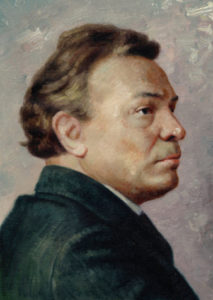 Ottorino Respighi, composer (1879 – 1936)
Ottorino Respighi, composer (1879 – 1936)
Guerreo spoke to the audience before conducting Ottorino Respighi’s Fountains of Rome and Pines of Rome. He described the real places that Respighi’s music calls forth. The Fountains were composed in 1914-16; Pines were composed 1923-24. Each work has four scenes. Respighi wrote: “In this symphonic poem the composer has endeavored to give expression to the sentiments, and visions suggested to him by four of Rome’s fountains, contemplated at the hour when their characters are most in harmony with the surrounding landscape, or at which their beauty is most impressive to the observer.”* These two symphonic poems were joined by Roman Festivals, 1928. Michael Tilson Thomas conducted that piece at his 80th birthday celebration, April 26.
The first Fountain is in the farmland of Valle Giulia. Cattle roam in the “fresh, damp mists of the Roman dawn.“* The music does not stop as it might for movements. Instead, loud horns play while the orchestra trills; it is the Triton Fountain. Mythical beings like “naiads and tritons” chase each other and dance in a “frenzy” around the sprays of water. Fountain number three’s music is quieter, set at noon at the Trevi Fountain. Neptune, the mythical god of the sea, rides in a chariot led across the water by seahorses. The last Fountain was at Villa Medici. It is sunset. There are bells and sounds of leaves in a breeze in peaceful surroundings. The most interesting sound is the recording of a nightingale singing. Although Respighi was considered a conservative composer by many, he had the the nerve, or vision, to engage the bird’s song. The reality of the bird’s voice opens one’s mind to the environment. Hearing it was a memorable, treasured moment. It was possibly the first use of electronic sound in music.
The idea of changing music as different hours change light and shadows is a notion similar to Monet’s, the Impressionist painter of a series of haystacks. He, like Respighi, took in the environment’s change with the daylight’s changes. A conservative composer when compared with Stravinsky, but perhaps now more current as his musical vision included the natural environment.
The Pines of Rome begins at the Villa Borghese (Allegretto vivace). Children play in pine groves. They pretend to be soldiers and “They twitter and shriek like swallows at evening,..” Next is Pines Near a Catacomb (Lento) The trees shadow the entrance of a catacomb. The music sounds a hymn and chanting until it is cut off. Next scene is The Pines of the Janiculum (Lento). Respighi wrote “there is a thrill in the air.” It is a full moon, we hear a nightingale, and see the trees’ shadows. The Pines of the Appian Way (Tempo di Marcia) close this atmospheric symphonic poem. Respighi hears “incessant marching” and imagines a poet who “has a fantastic vision of past glories” and sees the historic Roman army burst “forth in the grandeur of a newly risen sun…mounting in Triumph…”
The triumph is that of the SF Symphony conducted by Giancarlo Guerreo. My message regarding Maestro Guerreo is: BRING HIM BACK!
*signifies quotations from Stravinsky and from Respighi, taken from the SFS program book.
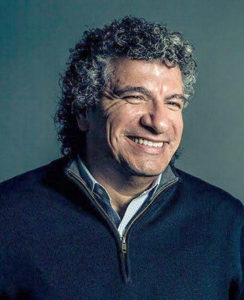
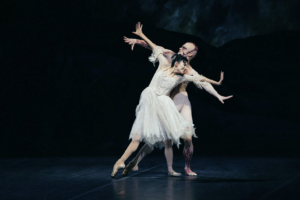 Jasmine Jimison as
Jasmine Jimison as 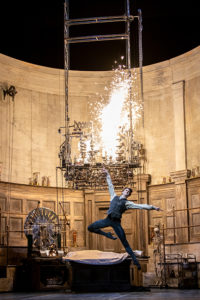
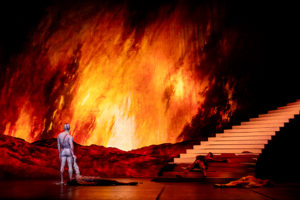
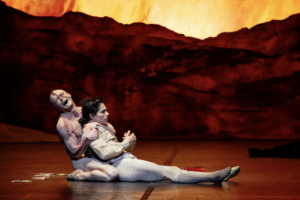 Cavan
Cavan 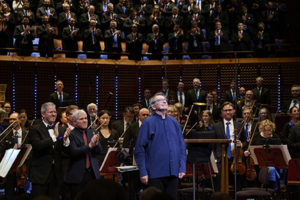

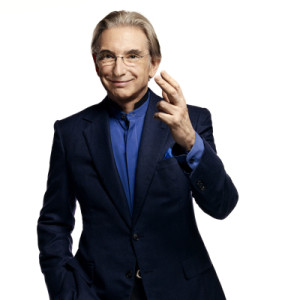
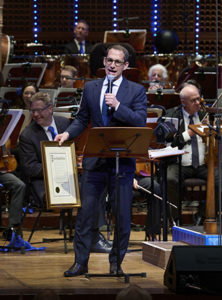
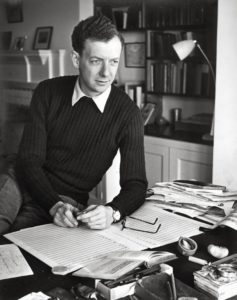 Benjamin Britten
Benjamin Britten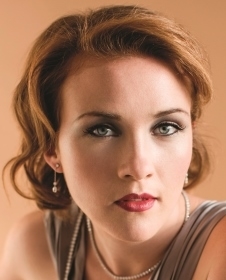 Sasha Cooke, mezzo soprano
Sasha Cooke, mezzo soprano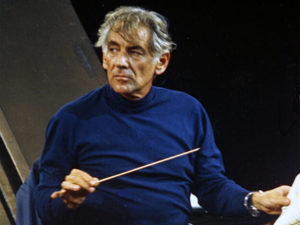

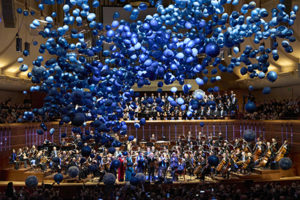
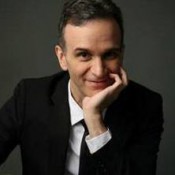

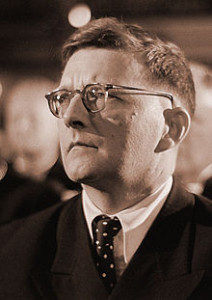
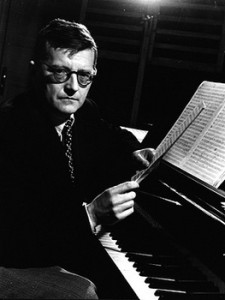 Shostakovich at the piano
Shostakovich at the piano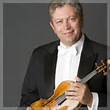
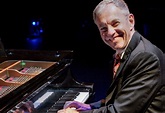 Anton Nel, pianist
Anton Nel, pianist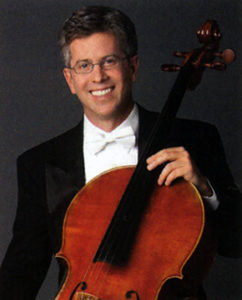 Peter Wyr
Peter Wyr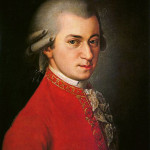
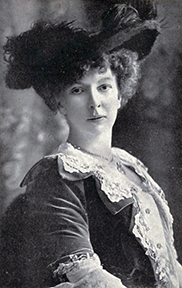 Cecile Chaminade, composer, pianist (1857 – 1944)
Cecile Chaminade, composer, pianist (1857 – 1944)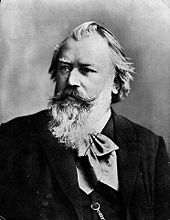 Johannes Brahms, composer (1833
Johannes Brahms, composer (1833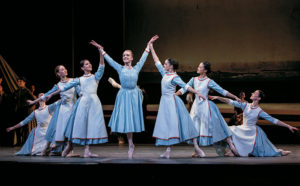
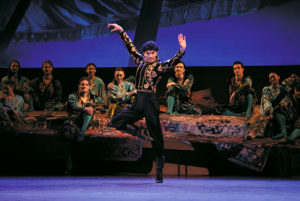
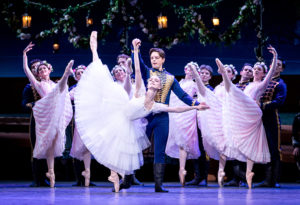
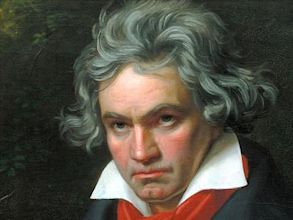

 Robin T
Robin T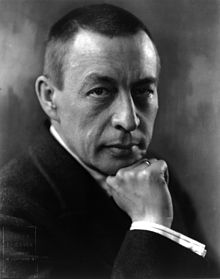 Sergei Rachmanino
Sergei Rachmanino
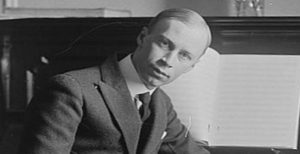 Sergei Prokofie, composer (1891 – 1953)
Sergei Prokofie, composer (1891 – 1953)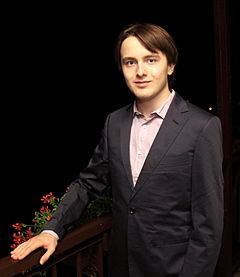
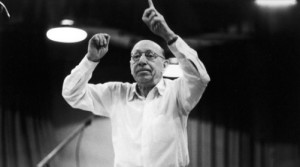 Igor Stravinsky conducting.
Igor Stravinsky conducting.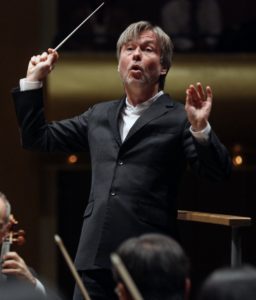 Esa-Pekka Salonen, Music Director, San Francisco Symphony
Esa-Pekka Salonen, Music Director, San Francisco Symphony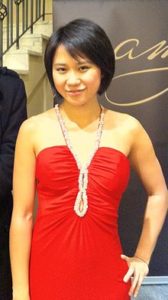
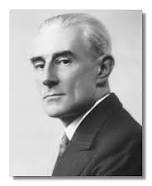
 Einojuhani Rautavaara, compo
Einojuhani Rautavaara, compo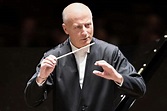 Paavo Jarvi
Paavo Jarvi Kirill Gerstein, pianist
Kirill Gerstein, pianist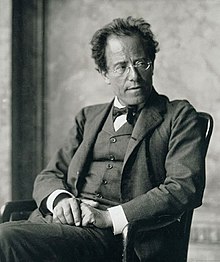 Gustav Mahler, composer (1860
Gustav Mahler, composer (1860